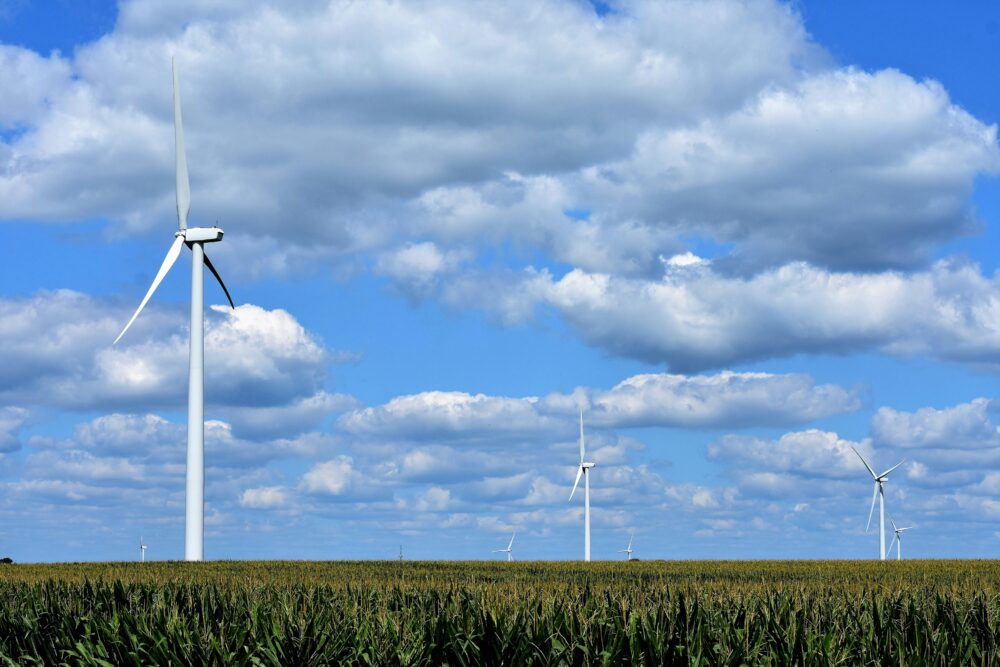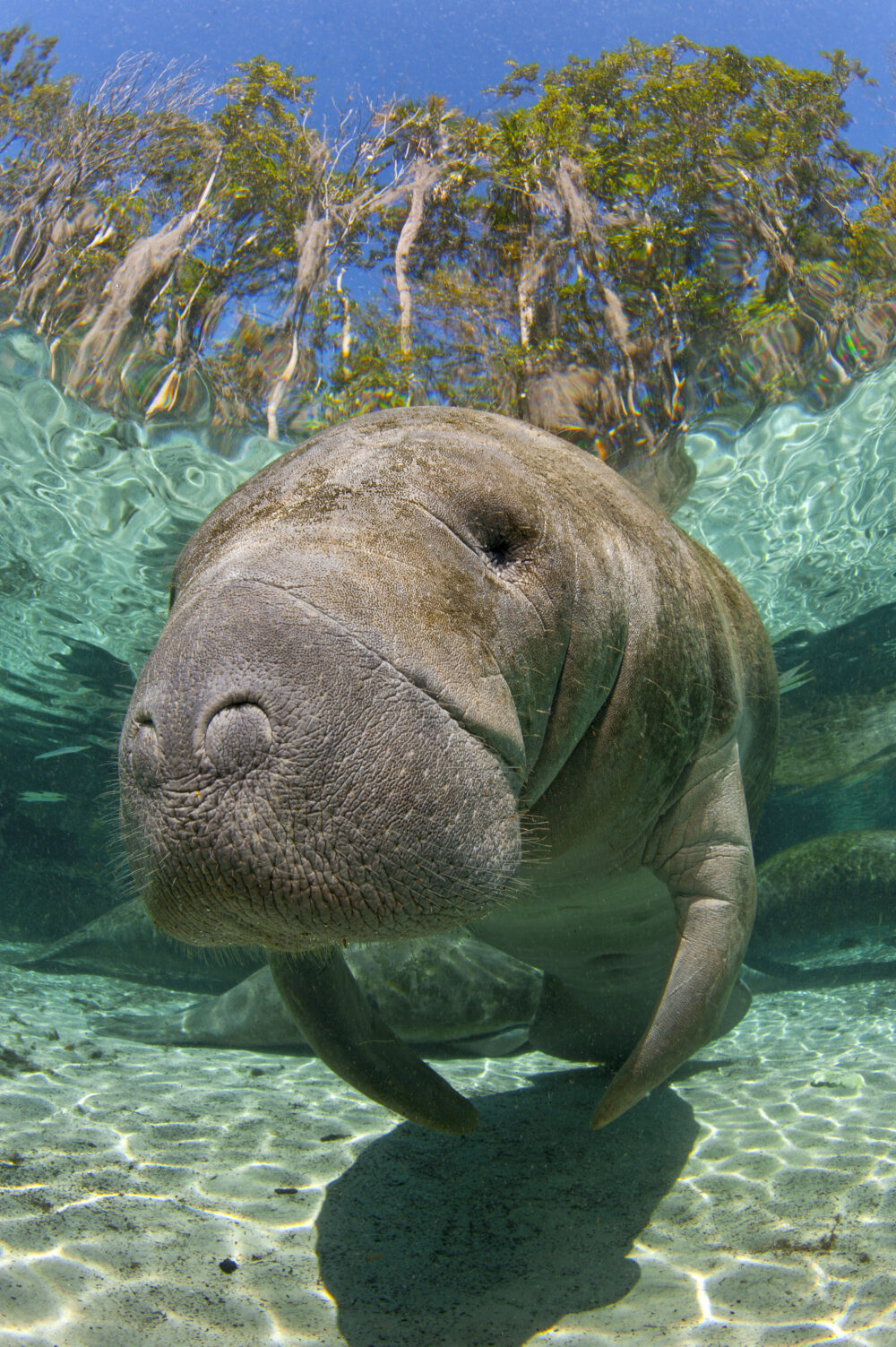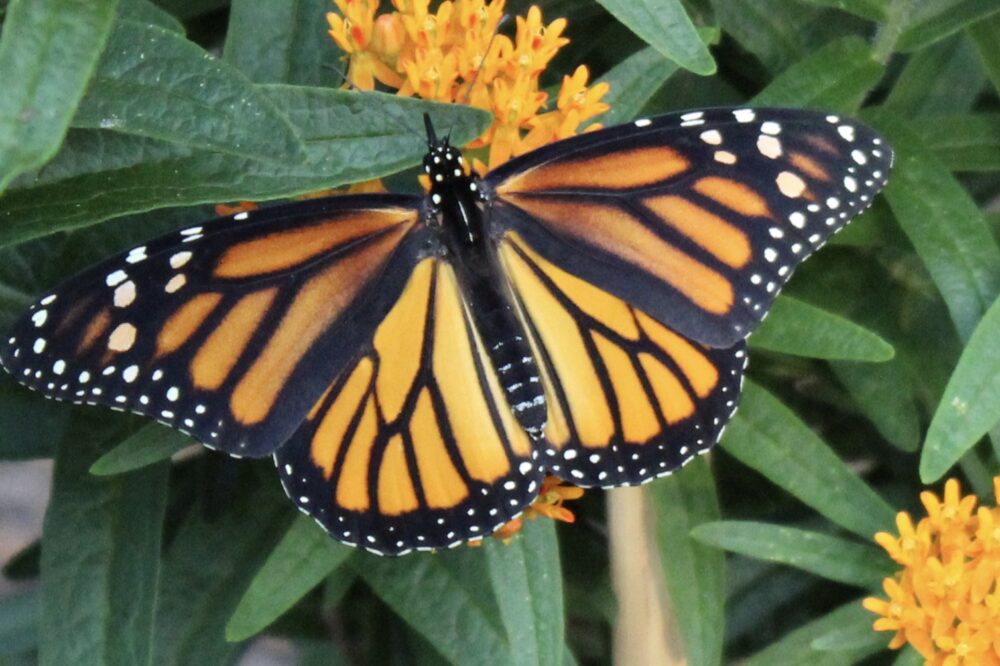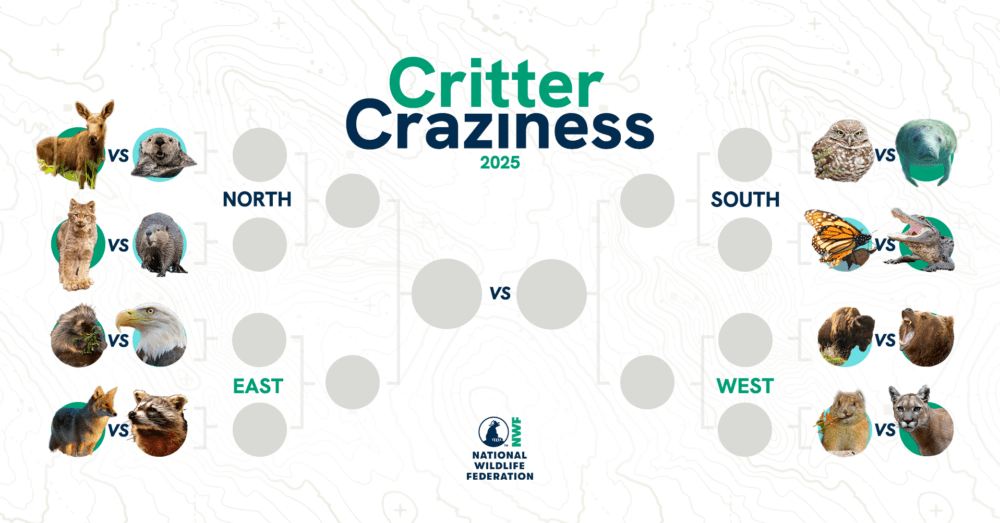We have much more to do and your continued support is needed now more than ever.
The Fiscal Cliff, Brought to You by Wildlife
What the heck is sequester and why is it so bad?
Brought to you by National Wildlife Federation.
It’s time to talk about
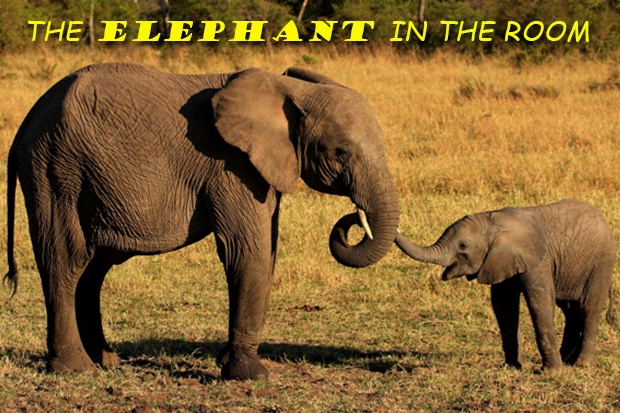
In the summer of 2011, the federal government very nearly defaulted on its loans.
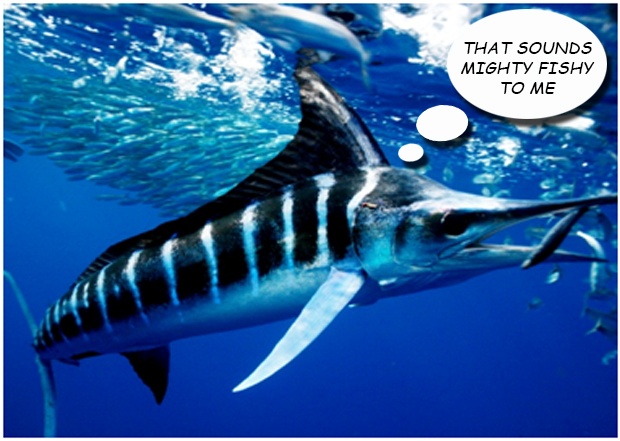
It was. So the President and Congress reached a deal: Congress agreed to increase the debt ceiling (and prevent the government from defaulting on their loans) in return for a guarantee that the federal deficit would be reduced. A bipartisan
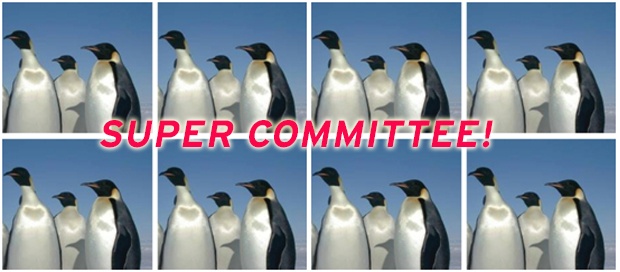
made up of six members of the House and six of the Senate—with each delegation evenly split between Democrats and Republicans—was formed to figure out a plan.
But things didn’t work out quite as they hoped.

Yeah, it gets worse. To make sure they reached a deal in time, the

put a failsafe in place: if Congress failed to enact a bill reducing the deficit by January 15, 2012, a series of automatic spending cuts—called “sequestration”—would begin in 2013.
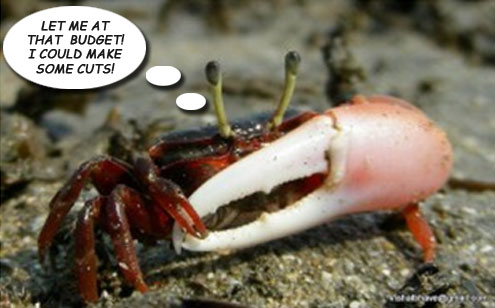
But Congress DID fail to reach a deal.

And now unless Congress acts before January 2, mandatory spending cuts will slash $109 billion from the next year’s budget and $1.2 trillion over the following nine years. This will have a devastating impact on key conservation programs and the wildlife and ecosystems they protect.

I know. It’s a mess.
What’s worse, these cuts will have a disproportionate impact on conservation programs cherished by all those who enjoy access to our rich natural resources.
Many of these programs are already
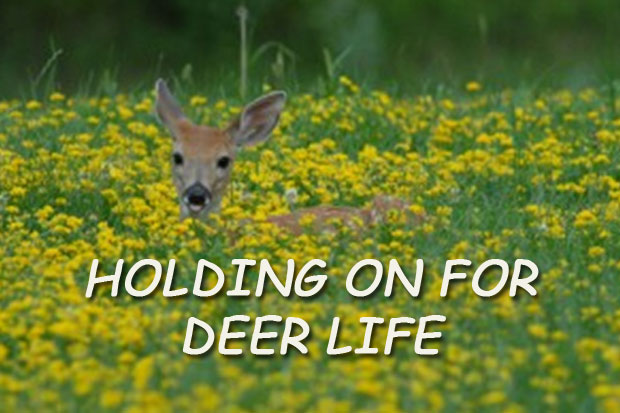
Like the EPA’s Environmental Programs and Management funding—crucial to Clean Water Act and Clean Air Act protection programs—which would be cut by $220 million.
And the State and Tribal Wildlife Grants program, which provides crucial funding for preventing wildlife from becoming endangered, and which could be cut by about $5 million, leaving only $56 million to protect wildlife like:
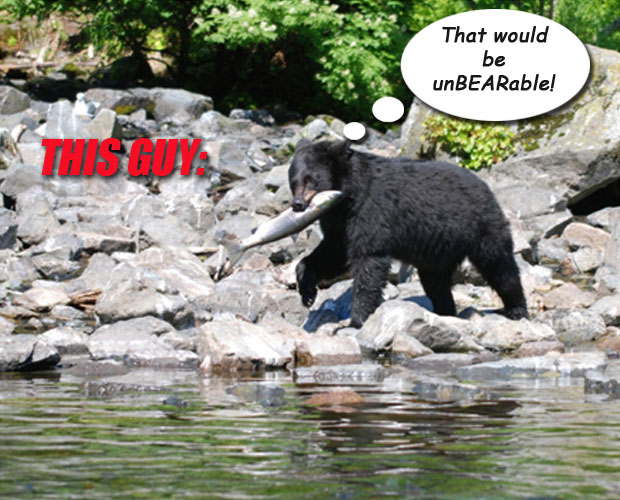

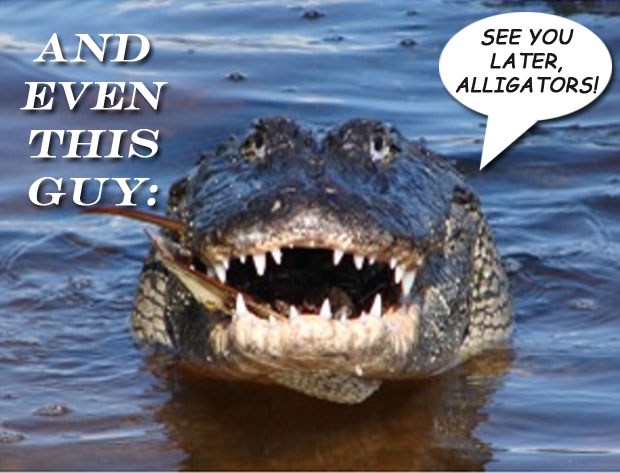
in all 50 states.
Funds that are supposed to be dedicated to restoring land, water, and wildlife resources—like the Land and Water Conservation Fund, which stands to be cut by about $20 million, and the Sport Fish and Wildlife Restoration Fund, which would be cut by $65 million—will be

with everything else that’s being cut, endangering the conservation of critical wildlife habitats.
Tax breaks for oil aren’t affected, yet millions of dollars that protect clean air and water, wildlife conservation, alternative energy subsidies, and environmental remediation programs will be slashed.

I wish I was, believe me.
What is particularly awful about the sequestration cuts is that federal departments and agencies have no discretion about where to make the cuts: non-defense discretionary spending—which encompasses virtually all environmental programs—is subject to a cut of 8.2% at the program level.

OK, so the U.S. Fish and Wildlife Service, say, has a whole array of programs they fund, like the Multinational Species Conservation Fund and the North American Wetlands Conservation Fund. In this case, they can’t decide to keep the Multinational Species Conservation Fund intact and cut the North American Wetlands Conservation Fund by 16.4%; every program must be cut by 8.2%.
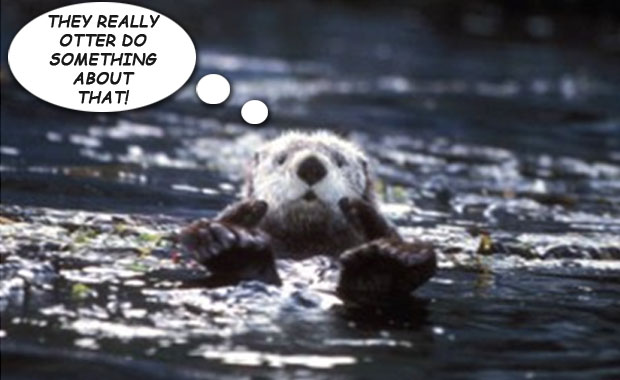
Basically,
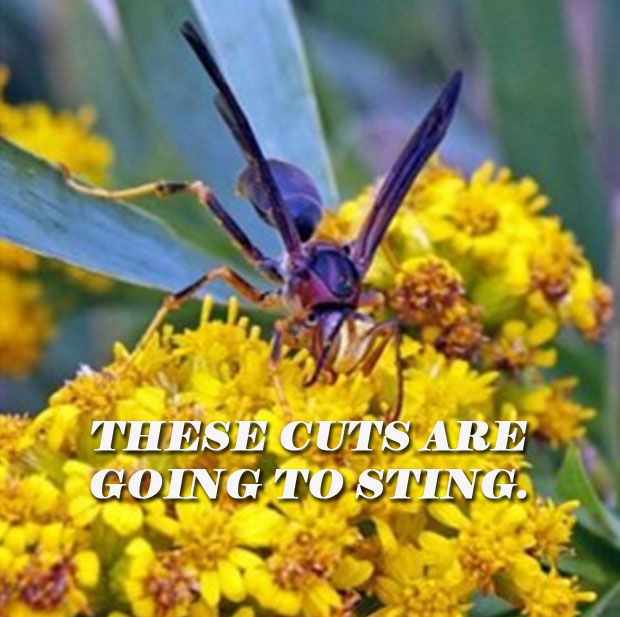
A TON.

Not so fast!
Tell Congress to:
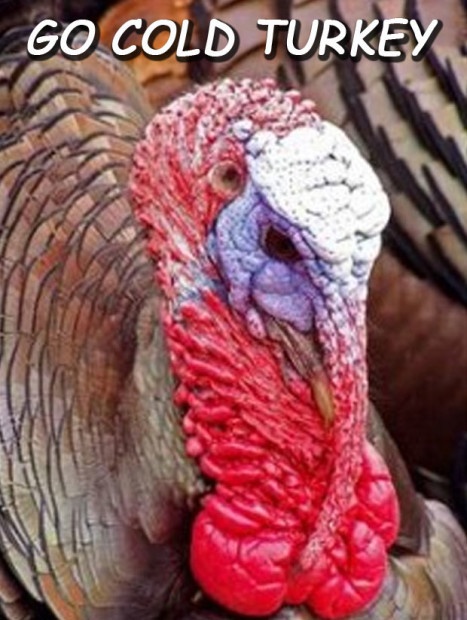
on partisan bickering, and to

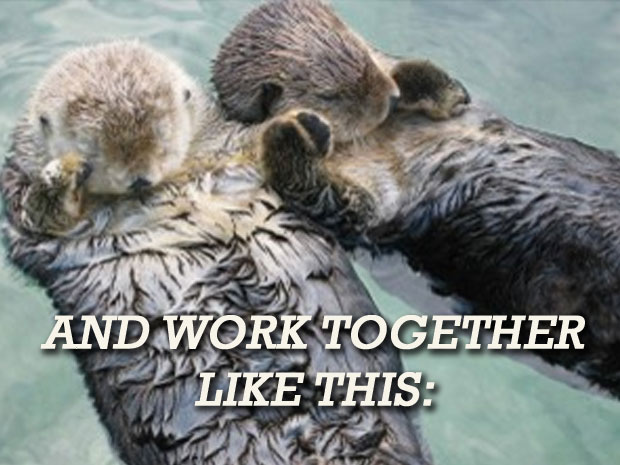
To come up with a balanced approach to raise revenue and reduce wasteful spending to save the programs American wildlife (and people) count on to ensure clean air and water and habitats.
Because
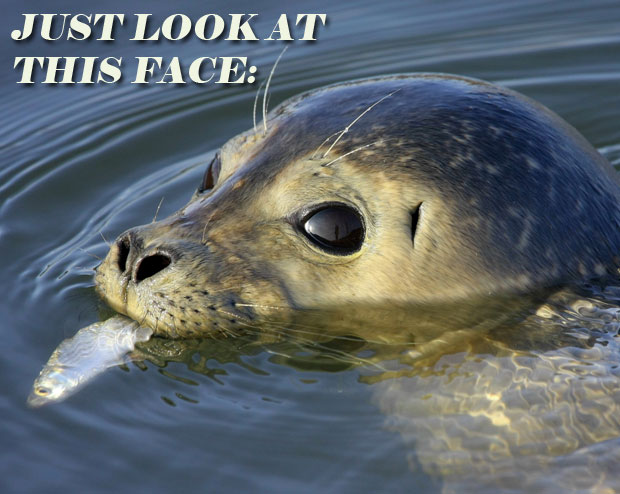
Do you really want to sequester that face?
![]() Protect ocelots and more endangered wildlife by telling your members of Congress to preserve funding for vital conservation programs.
Protect ocelots and more endangered wildlife by telling your members of Congress to preserve funding for vital conservation programs.
Action alert updated 11/20/12.






